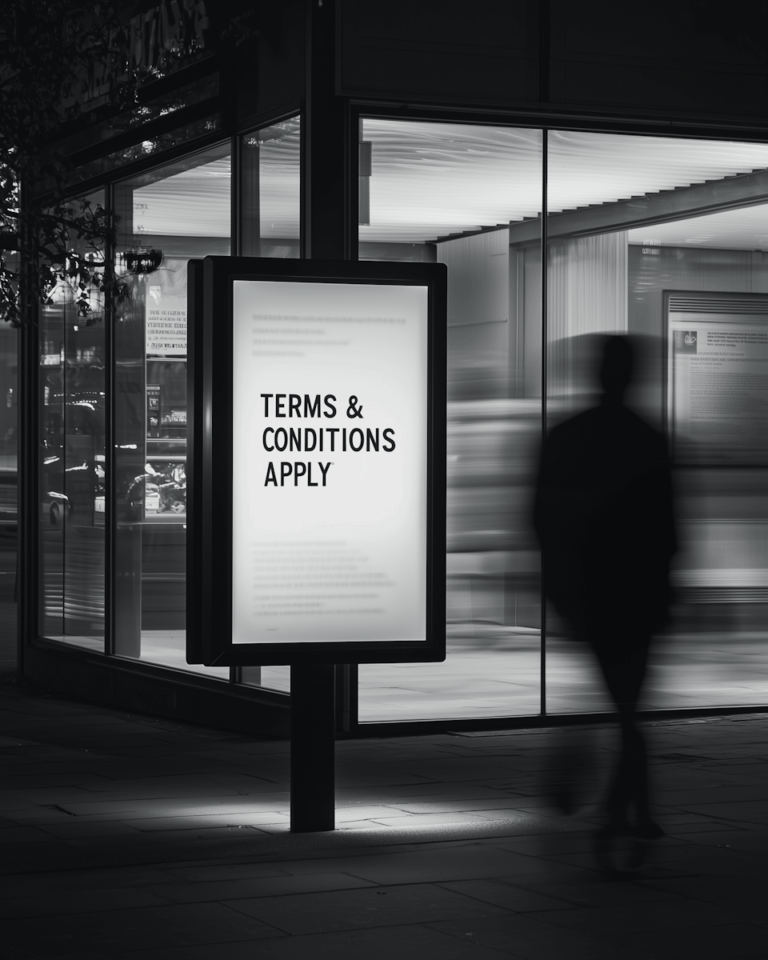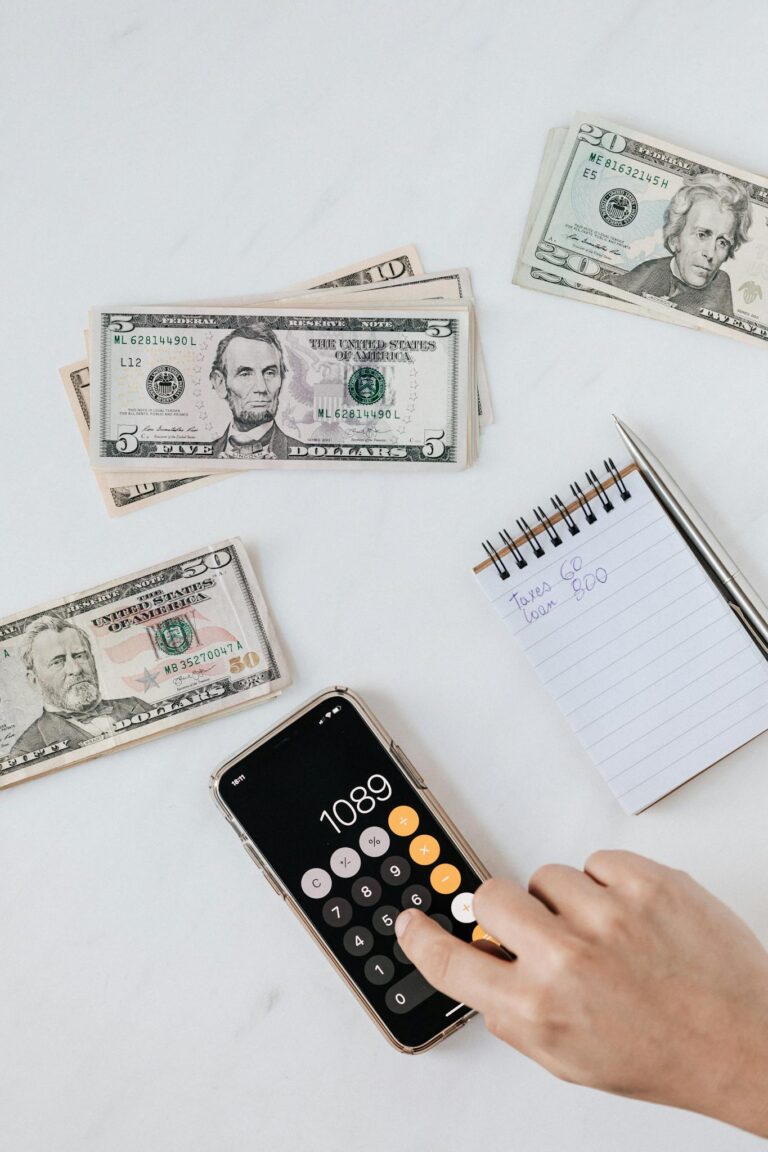Buy Now, Pay Later (BNPL) platforms promise instant gratification without immediate cost. But when used without caution, they can open the door to a subtle but dangerous financial trap: debt creep. Understanding how BNPL works—and its hidden risks—can help you avoid a slow build-up of unmanageable debt.
Table of Contents
- What Is Buy Now, Pay Later?
- How BNPL Works
- The Debt Creep Problem
- Hidden Costs and Fees
- Impact on Your Credit
- The Psychology of Overspending
- Warning Signs You’re in Trouble
- How to Avoid BNPL Debt Creep
- Steps to Recover If You’re Already There
What Is Buy Now, Pay Later?
BNPL is a payment option that lets consumers split purchases into smaller, interest-free installments over weeks or months. Popular providers include Klarna, Afterpay, Affirm, and PayPal Pay in 4. BNPL’s appeal lies in its simplicity and quick approval process, often without a hard credit check.
How BNPL Works
At checkout, you select BNPL instead of paying the full amount. The provider pays the merchant, and you agree to a repayment schedule. Payments are typically deducted automatically from your bank account or card. While many plans are interest-free, missing a payment can trigger late fees or interest, depending on the provider’s terms.
The Debt Creep Problem
Debt creep happens when small, manageable debts accumulate across multiple BNPL purchases until the total payment burden becomes overwhelming. Because each plan seems harmless on its own, it’s easy to lose track—especially if you’re juggling multiple repayment schedules across different providers.
Hidden Costs and Fees
While BNPL services market themselves as “free” if you pay on time, late or missed payments can lead to penalty fees, loss of promotional interest-free terms, or even debt collection. Some providers also pass along returned payment fees if your bank account doesn’t have enough funds.
Impact on Your Credit
Many BNPL transactions don’t appear on your credit report—until something goes wrong. If a missed payment is sent to collections, it can damage your credit score just like a credit card or loan default. Some BNPL providers have also started reporting on-time payments, which can be a double-edged sword depending on your payment habits.
The Psychology of Overspending
BNPL lowers the perceived cost barrier, making it easier to justify purchases you might otherwise skip. This “small payment” mindset can lead to buying more than you can comfortably afford. When multiple BNPL obligations overlap, your discretionary spending can quickly outpace your actual budget.
Warning Signs You’re in Trouble
- Making BNPL payments from multiple providers every month
- Covering BNPL payments with credit cards or other loans
- Forgetting due dates and incurring late fees
- Feeling surprised when adding up your total BNPL obligations
How to Avoid BNPL Debt Creep
- Limit BNPL use to essentials or planned purchases, not impulse buys
- Track all BNPL payment dates in a single calendar or budgeting app
- Keep total BNPL obligations under 10% of your monthly take-home pay
- Pay off early when possible to reduce mental and financial clutter
Steps to Recover If You’re Already There
If BNPL debt creep has already set in, start by listing all active payment plans with amounts and due dates. Prioritize paying off smaller balances first to free up cash flow, then tackle larger ones. If you’re truly overwhelmed, contact BNPL providers to request hardship programs or payment deferrals. Avoid taking on new BNPL purchases until existing obligations are cleared.
Bottom line: BNPL can be a helpful tool when used responsibly, but it’s not “free money.” Without discipline, small payments can quietly snowball into a large, stressful debt load. The key is awareness—know what you owe, when you owe it, and how it fits into your overall budget.




